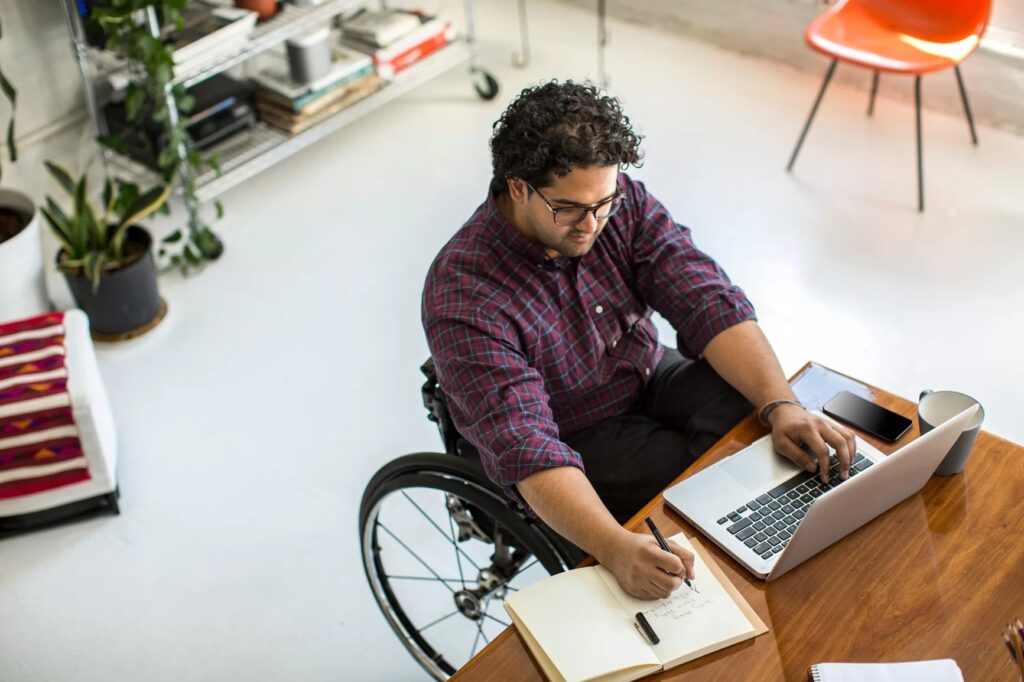
Spinal cord injuries (SCI) are life-changing events. These injuries can cause drastic changes in patient quality of life as patients may not be able to perform their everyday activities. Spinal cord injuries can cause paralysis, loss of sensation and touch, and other complications. Unfortunately, there are not enough effective treatments for severe injuries.
Finding therapies that can improve SCI patient quality of life is imperative. The medical community is actively looking for potential treatments. Stem cells are a potential therapy for spinal cord injuries. This therapy can potentially repair the damaged tissue and nerves in the spinal cord. Bone marrow stem cells (BMSCs) have been shown to be less effective than other types of stem cells, such as umbilical cord stem cells, but they still have multipotent properties.
A study, Administration of Autologous Bone Marrow Stem Cells Into Spinal Cord Injury Patients Via Multiple Routes Is Safe and Improves Their Quality of Life: Comprehensive Case Studies, reported on eight case studies of patients who were treated with bone marrow stem cells.
Stem Cell News – Results of the Case Studies
Case studies are an essential precursor to clinical studies. These pieces of evidence can showcase the potential of proposed therapies, such as stem cell therapy. The study showcased the potential of stem cell therapy for spinal cord injury patients.
The researchers extracted bone marrow from the patients, and stem cells were isolated from the bone marrow. The bone marrow stem cells were then administered to patients intravenously and via the spinal cord.
Patients were evaluated using magnetic resonance imaging, psychological examination, and neurological examination by physicians trained with the Frankel scale and American Spinal Injury Association (ASIA) impairment scale. The study also evaluated patient quality of life, spasticity, and bladder function. The researchers followed up with the patients at six months, one year, and two years after treatment.
The results of the case studies were promising. One patient was a 28-year-old male gunshot wound victim who received treatment 40 days after suffering from the injury. The patient did not have any motor function below the spinal cord injury, and there was no sensation. Two years after the treatment, the MRI revealed that tissue had formed in the spinal cord.
In the two-year follow-up, the patient showed a dramatic improvement. Their ASIA score went from an A to a C, the Frankel grade went from a B to a C, and the patient had sensation. The patient’s quality of life score increased from 20 to 90. At the time of the study, the patient could stand on parallel bars and take steps with the assistance of a walker or crutches.
Another 33-year-old female gunshot wound victim had a complete injury with an ASIA impairment grade of A, a motor score of 50, with a Frankel grade A. The patient underwent decompression surgery and a rehabilitation program, but did not experience any improvement. Seven months after the spinal injury, the patient received the BMSC administration.
The patient saw improvements in her condition. She went from having no feeling in her bladder to having sensation in her bladder. She also experienced an improvement in her ASIA grade to a C, a 57 motor score, and a Frankel grade of C. The patient can now stand on parallel bars with braces on.
A 37-year-old male patient suffered a spinal injury from a car accident with a resulting ASIA impairment grade B and Frankel grade C. The patient had bladder sensation but no ability to control it while urinating. The patient received the BMSC administration and showed improvements. Two years after the treatment, the patient improved to ASIA impairment grade C and Frankel grade D. The patient also now has complete control of his bladder.
More stem cell news. Another 27-year-old male patient suffered a gunshot wound that caused a spinal cord injury at the T11 vertebrae. The patient had no muscle control below the injury, no bladder control, and had an ASIA impairment grade A and Frankel grade A. The patient received the BMSC administration more than five years after the original injury.
The patient has experienced improvement since receiving the treatment. The patient now has sensation in his bladder. The patient has experienced an ASIA impairment grade C. The patient can now walk with the aid of a walker and braces.
The study covered additional case studies that showed similar positive results for other SCI patients. The researchers have administered bone marrow stem cells to 52 patients and are confident that stem cells will play a role in the treatment of spinal cord injuries.

